Having worked in the materials industry for over a decade, I’ve handled countless polymers, from rigid plastics to flexible rubbers like TPR (thermoplastic rubber). One question that keeps cropping up, especially from manufacturers, designers, and end-users, is why TPR sometimes gives off a sharp, unpleasant smell. If you’ve ever opened a package containing a TPR product—like a phone case, toy, or shoe sole—and been hit with a pungent odor, you’re not alone. It can be off-putting and raise concerns about safety or quality. I’ve been there myself, inspecting a batch of TPR grips that smelled like a chemical factory. In this article, I’ll dive into the reasons behind TPR’s pungent odor, explore whether it’s harmful, and share practical ways to reduce or eliminate it. My goal is to give you clarity and actionable advice, whether you’re a consumer or a professional working with TPR.
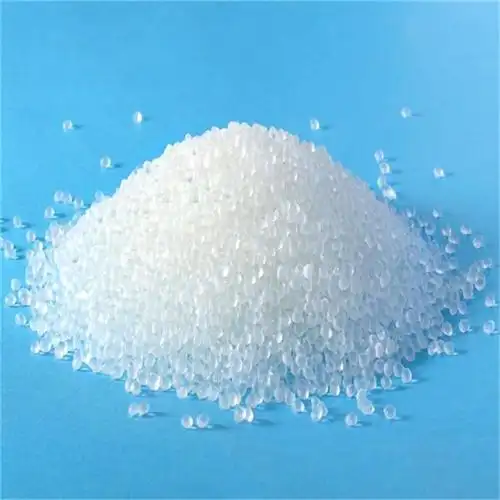
What is TPR, and Why Does It Smell?
To understand the odor issue, let’s start with what TPR is. Thermoplastic rubber is a versatile material that combines the elasticity of rubber with the processability of thermoplastics. It’s widely used in products like grips, seals, toys, medical devices, and footwear because it’s soft, durable, and cost-effective. TPR is typically a blend of polymers (like styrene-butadiene-styrene or SBS) and additives, which gives it its unique properties.
The pungent smell of TPR often comes from volatile organic compounds (VOCs) released during manufacturing, storage, or use. These compounds are byproducts of the material’s composition or processing. In my experience, the odor can range from mildly chemical to overwhelmingly sharp, depending on several factors. Let’s break down the main reasons why TPR smells and what you can do about it.
Reasons Behind TPR’s Pungent Odor
1. Additives and Plasticizers
TPR’s flexibility and softness often come from plasticizers, such as oils or phthalates, and other additives like stabilizers or fillers. These chemicals can emit VOCs, especially when freshly made or exposed to heat. I’ve noticed that cheaper TPR formulations tend to use lower-quality plasticizers, which are more likely to produce strong odors.
Why it happens: Plasticizers volatilize over time, releasing compounds like toluene or benzene derivatives that have a sharp smell.
Example: A batch of TPR shoe soles I inspected had a strong odor because they used high levels of mineral oil-based plasticizers, which evaporated during storage.
Pro tip: Opt for TPR with low-VOC or phthalate-free formulations if odor is a concern.
2. Manufacturing Process
The production of TPR involves high temperatures during extrusion or injection molding, which can cause thermal degradation of the polymer or additives. This degradation releases VOCs or sulfur-based compounds, contributing to the smell.
Why it happens: Overheating or improper processing can break down the material, producing odorous byproducts like mercaptans (sulfur compounds with a skunk-like smell).
Example: I once visited a factory where TPR products smelled strongly because the molding temperature was set too high, causing material breakdown.
Pro tip: Ensure manufacturers use precise temperature controls and adequate ventilation during production.
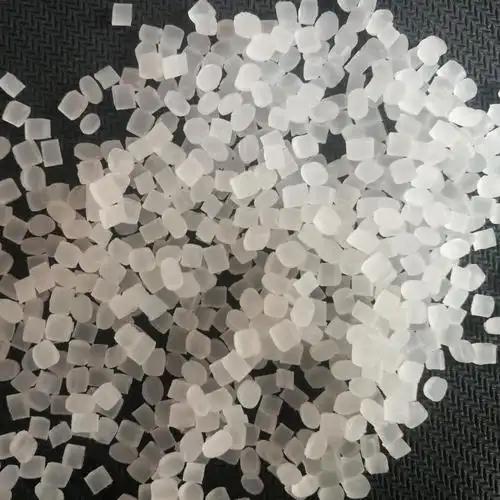
3. Residual Monomers
TPR is made from polymerized monomers, and sometimes, unreacted residual monomers remain in the final product. These monomers, like styrene or butadiene, have a distinct chemical odor.
Why it happens: Incomplete polymerization during manufacturing leaves behind volatile monomers that slowly off-gas.
Example: A TPR toy I tested had a noticeable smell due to residual styrene, which lingered until the product was aired out for weeks.
Pro tip: Ask suppliers for TPR with low residual monomer content, verified by testing certificates.
4. Storage and Packaging
TPR products are often sealed in airtight packaging right after production, trapping VOCs inside. When you open the package, the concentrated odor hits you all at once. Heat or humidity during storage can worsen this.
Why it happens: VOCs accumulate in confined spaces, amplifying the smell when the package is opened.
Example: A client complained about smelly TPR phone cases, which had been stored in a hot warehouse, causing VOCs to build up in the packaging.
Pro tip: Air out TPR products before use or store them in well-ventilated areas.
5. Environmental Exposure
Once in use, TPR can release odors when exposed to heat, sunlight, or moisture, which accelerate VOC off-gassing. This is common in outdoor or automotive applications.
Why it happens: UV radiation or high temperatures break down additives, releasing odorous compounds.
Example: TPR car mats I worked with developed a stronger smell after being left in a parked car under direct sunlight.
Pro tip: Choose UV-stabilized or heat-resistant TPR for outdoor or high-temperature applications.

Is the Odor Harmful?
The smell of TPR can be alarming, but is it dangerous? In most cases, the odor is not harmful in small quantities, as TPR products for consumer use must comply with safety regulations (e.g., REACH in Europe or CPSIA in the US). However, prolonged exposure to high levels of VOCs, especially in poorly ventilated spaces, can cause discomfort like headaches, nausea, or respiratory irritation.
Low risk: For most users, the odor is more of a nuisance than a health hazard, fading over time as VOCs dissipate.
Higher risk: Workers in manufacturing facilities or people with chemical sensitivities may be more affected by VOC exposure.
My experience: I’ve handled TPR products extensively and found that airing them out significantly reduces any potential irritation.
If you’re concerned about safety, check for certifications like RoHS (Restriction of Hazardous Substances) or low-VOC labels, and avoid using TPR products in confined, hot spaces until the smell subsides.
Comparison of Odor Causes and Solutions
To make sense of the issue, here’s a table summarizing the main causes of TPR’s pungent odor and how to address them:
| Cause | Description | Solution | Prevention |
|---|---|---|---|
| Additives/Plasticizers | VOCs from oils or phthalates | Use low-VOC or phthalate-free TPR | Specify high-quality formulations |
| Manufacturing Process | Thermal degradation at high temps | Air out products, improve ventilation | Optimize molding temperatures |
| Residual Monomers | Unreacted styrene or butadiene | Ventilate products for weeks | Request low-monomer TPR |
| Storage/Packaging | Trapped VOCs in airtight packages | Open and air out before use | Store in ventilated areas |
| Environmental Exposure | Heat or UV triggers off-gassing | Use in cooler, shaded areas | Choose UV-stabilized TPR |
How to Reduce or Eliminate TPR Odor
Based on my experience, here are practical steps to tackle TPR’s pungent smell, whether you’re a consumer, designer, or manufacturer:
For Consumers
Air Out the Product:
Place the TPR item in a well-ventilated area, like a balcony or near an open window, for 1-2 weeks.
Example: I aired out a TPR yoga mat for a week outside, and the smell was gone by the time I used it.
Pro tip: Use a fan to speed up ventilation, but avoid direct sunlight, which can worsen off-gassing.
Use Odor Absorbers:
Place the product in a sealed container with activated charcoal, baking soda, or silica gel for 2-3 days to absorb odors.
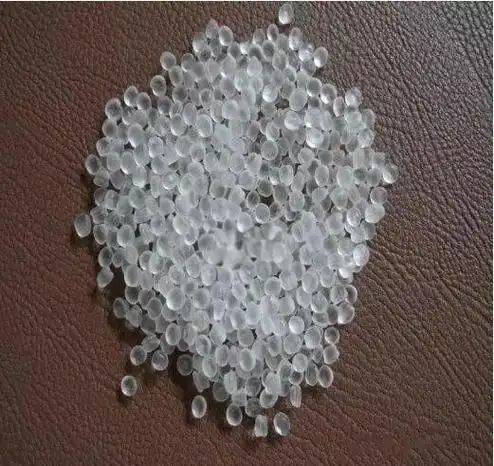
Pro tip: Replace the absorber daily for best results.
Wash or Wipe Down:
For washable TPR items (e.g., shoe soles), clean with mild soap and water, then air dry. For non-washable items, wipe with a damp cloth.
Pro tip: Add a splash of white vinegar to the water to neutralize odors.
Avoid Heat Exposure:
Keep TPR products away from heat sources (e.g., radiators or car interiors) to minimize VOC release.
Pro tip: Store in a cool, dry place when not in use.
For Manufacturers and Designers
Choose Low-VOC Formulations:
Specify TPR with low-VOC plasticizers or non-phthalate alternatives. Request material safety data sheets (MSDS) from suppliers.
Pro tip: Work with reputable suppliers who offer certified low-odor TPR grades.
Optimize Manufacturing:
Control molding temperatures to prevent thermal degradation. Ensure proper ventilation in production areas.
Example: I advised a factory to lower their TPR molding temperature by 10°C, reducing odor significantly.
Pro tip: Use post-processing techniques like vacuum degassing to remove residual VOCs.
Test for Residual Monomers:
Conduct quality control tests to ensure low levels of unreacted monomers. Gas chromatography can detect VOC content.
Pro tip: Set strict monomer limits in your material specifications.
Improve Packaging and Storage:
Avoid sealing TPR products immediately after production. Allow them to off-gas in a ventilated area before packaging.
Pro tip: Use breathable packaging materials or add ventilation holes to reduce VOC buildup.

My Personal Experience with TPR Odor
A few years back, I was consulting for a company producing TPR handles for kitchen tools. The first batch arrived with a strong chemical smell that made the product feel cheap, despite its high quality. After investigating, we found the issue was a combination of low-grade plasticizers and airtight packaging straight off the production line. We switched to a low-VOC TPR formulation and let the products air out for 48 hours before packing. The difference was night and day—the odor was barely noticeable, and customer complaints dropped to zero.
On another occasion, I bought a TPR phone case that reeked when I opened it. I left it on my balcony for a week, and the smell faded completely. These experiences taught me that TPR odor is manageable with the right approach, whether you’re dealing with one product or a whole production run.
Long-Term Considerations
While the odor of TPR typically fades over time, there are long-term factors to consider:
Material Aging: As TPR ages, it may release fewer VOCs, but exposure to heat or UV can trigger new odors. Choose UV-stabilized TPR for outdoor use.
Recycling Challenges: TPR’s additives can complicate recycling, and odorous compounds may persist in recycled products. Look for recyclable or bio-based TPR alternatives.
Health and Comfort: For sensitive individuals, even mild odors can be bothersome. Prioritize low-odor TPR in products like toys or medical devices.
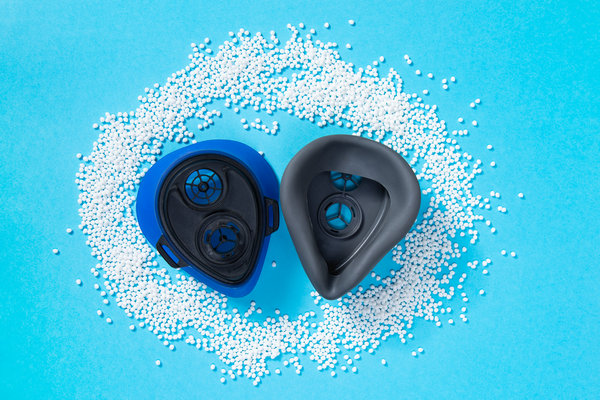
Frequently Asked Questions
To wrap up, here are answers to common questions about TPR’s pungent odor, based on my experience:
1. Is the smell of TPR harmful to health?
In most cases, the odor is not harmful for casual use, as consumer TPR complies with safety standards. However, prolonged exposure to high VOC levels in confined spaces can cause discomfort. Air out products and use in ventilated areas.
2. How long does it take for TPR odor to go away?
With proper ventilation, the smell usually fades within 1-2 weeks. Odor absorbers like activated charcoal can speed this up to 2-3 days.
3. Can I wash TPR products to remove the smell?
Yes, for washable items, use mild soap and water with a splash of vinegar. For non-washable items, wipe with a damp cloth. Always air dry thoroughly.
4. Why do some TPR products smell worse than others?
Cheaper TPR often uses low-quality plasticizers or has higher residual monomers. Manufacturing processes like overheating or poor ventilation can also increase odor.
5. How can manufacturers reduce TPR odor?
Use low-VOC formulations, optimize molding temperatures, test for residual monomers, and allow products to off-gas before packaging. Ventilation during production is key.
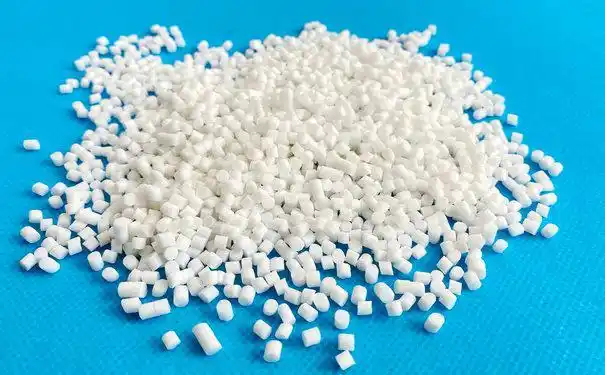
Final Thoughts
The pungent odor of TPR soft rubber can be a real concern, but it’s usually a manageable issue rooted in the material’s additives, manufacturing process, or storage conditions. By understanding why the smell occurs—whether it’s VOCs from plasticizers, residual monomers, or trapped gases—you can take steps to reduce or eliminate it. From airing out products to choosing low-odor formulations, my years in the industry have shown me that practical solutions make a big difference. Whether you’re a consumer dealing with a smelly TPR item or a manufacturer aiming for better quality, I hope this guide equips you with the knowledge to tackle the issue head-on. If you have more questions or need specific advice, feel free to share—I’m always ready to dive into the nitty-gritty of materials!





